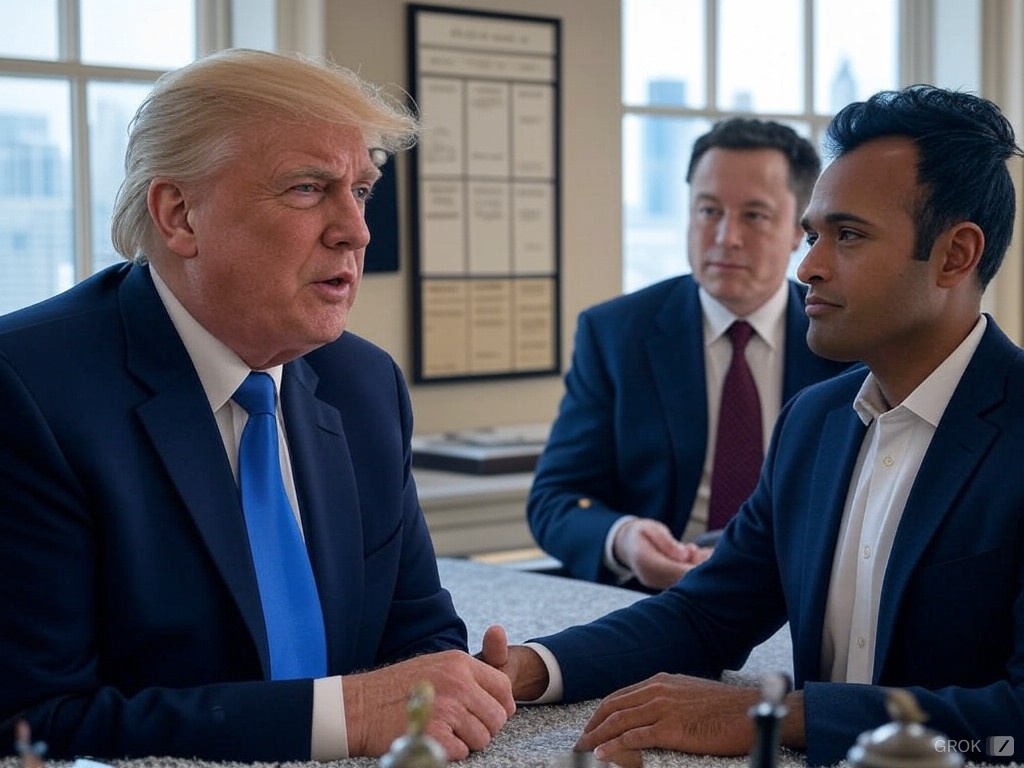In a groundbreaking discovery, NASA’s James Webb Space Telescope (JWST) has detected potential traces of dimethyl sulfide (DMS) in the atmosphere of exoplanet K2-18 b, a distant “Goldilocks” world orbiting around a red dwarf star approximately 120 light-years from Earth. This finding raises tantalizing questions about the possibility of extraterrestrial life.
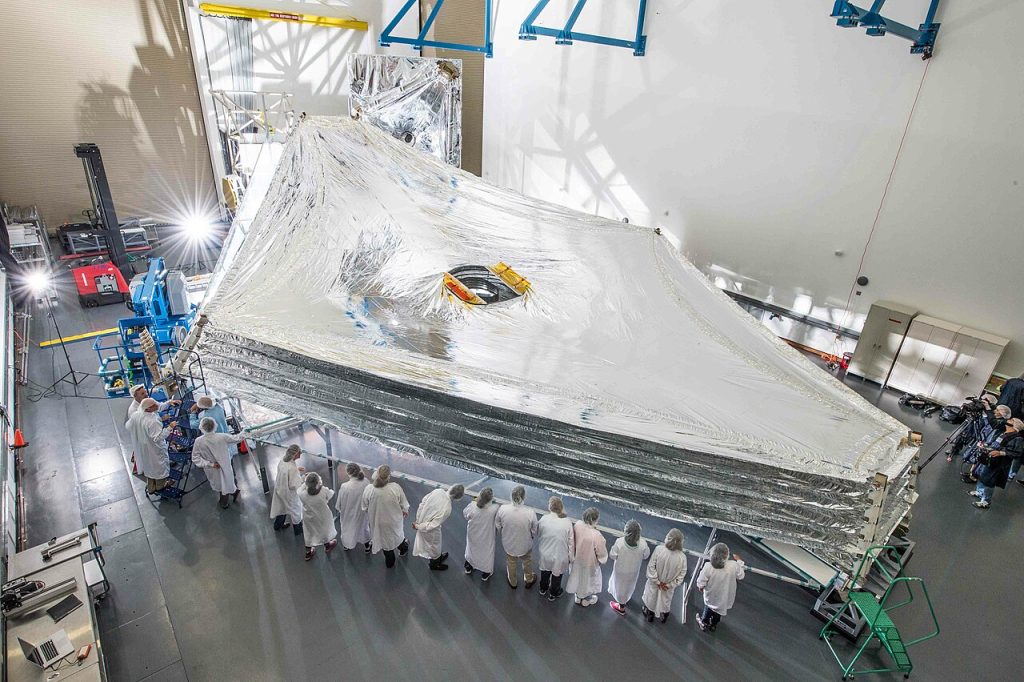
Yes, you read that right—scientists playfully refer to these chemical traces as “alien farts.” But what do they signify?
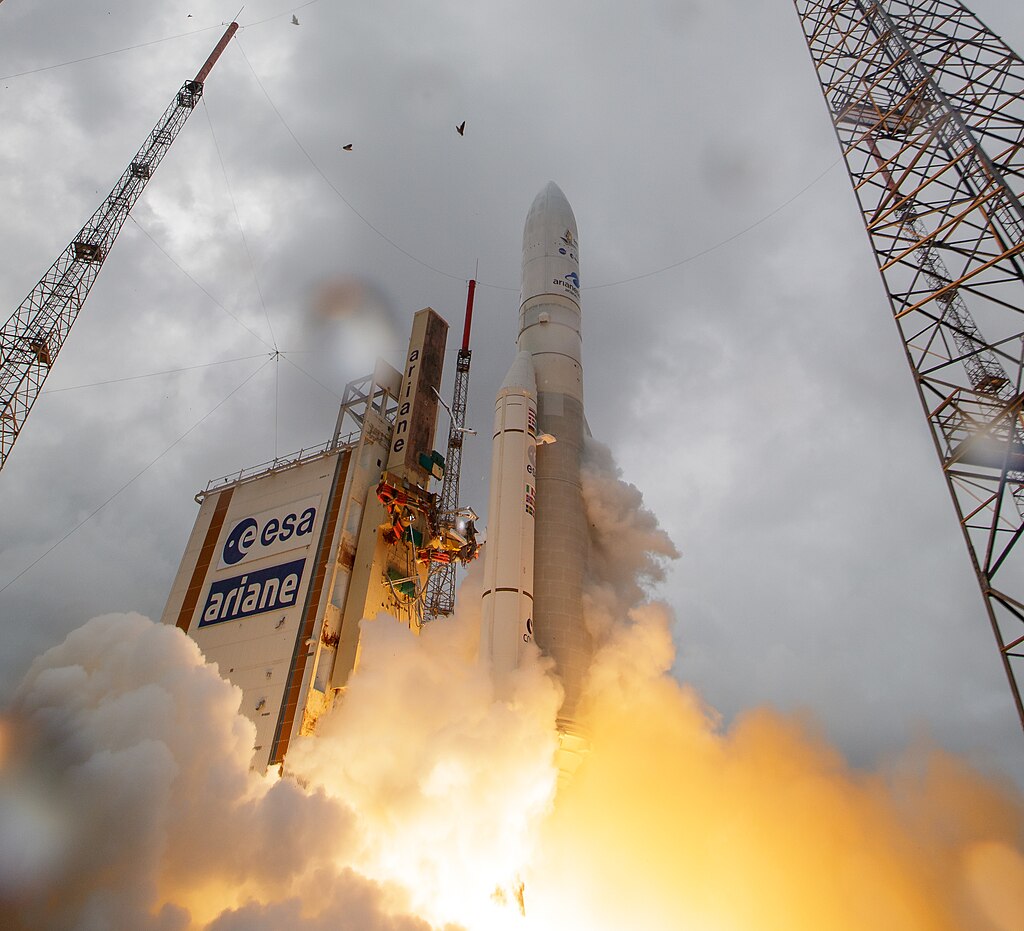
DMS is a foul-smelling chemical typically produced by microscopic life in Earth’s oceans. Its presence in K2-18 b’s atmosphere suggests that this sub-Neptune planet might harbor life.
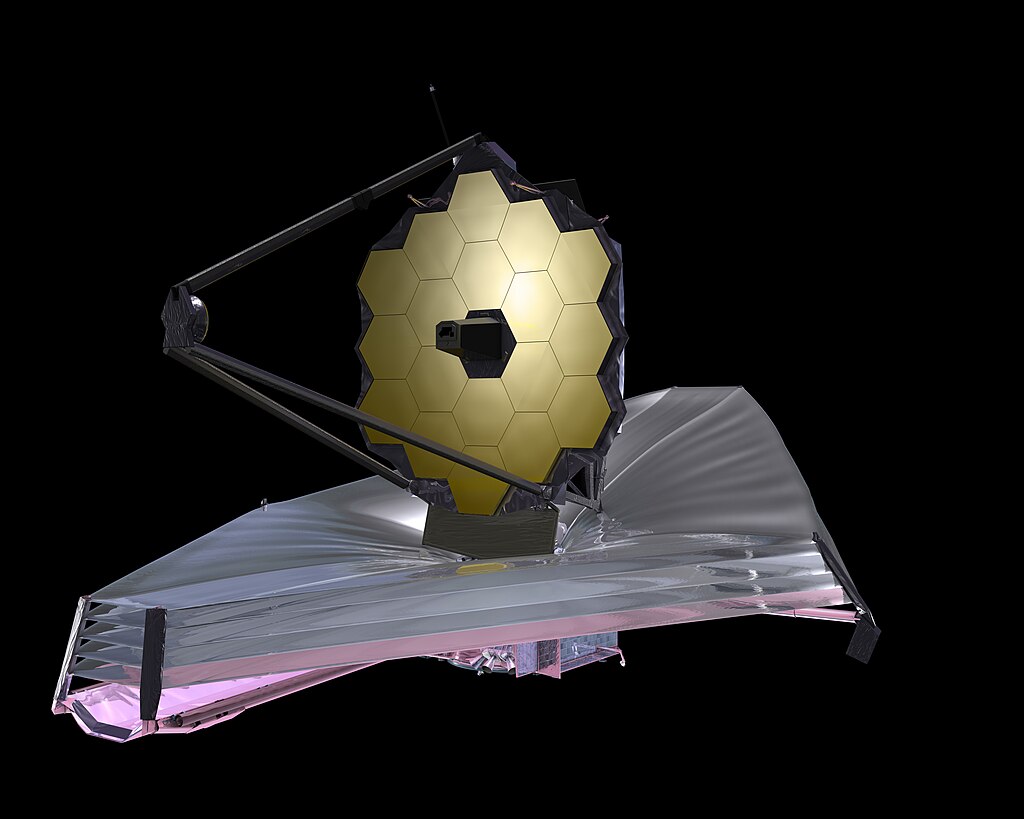
K2-18 b, roughly 8.6 times more massive than Earth, lies within its star’s habitable zone. Previous observations by the Hubble telescope confirmed water in its atmosphere.
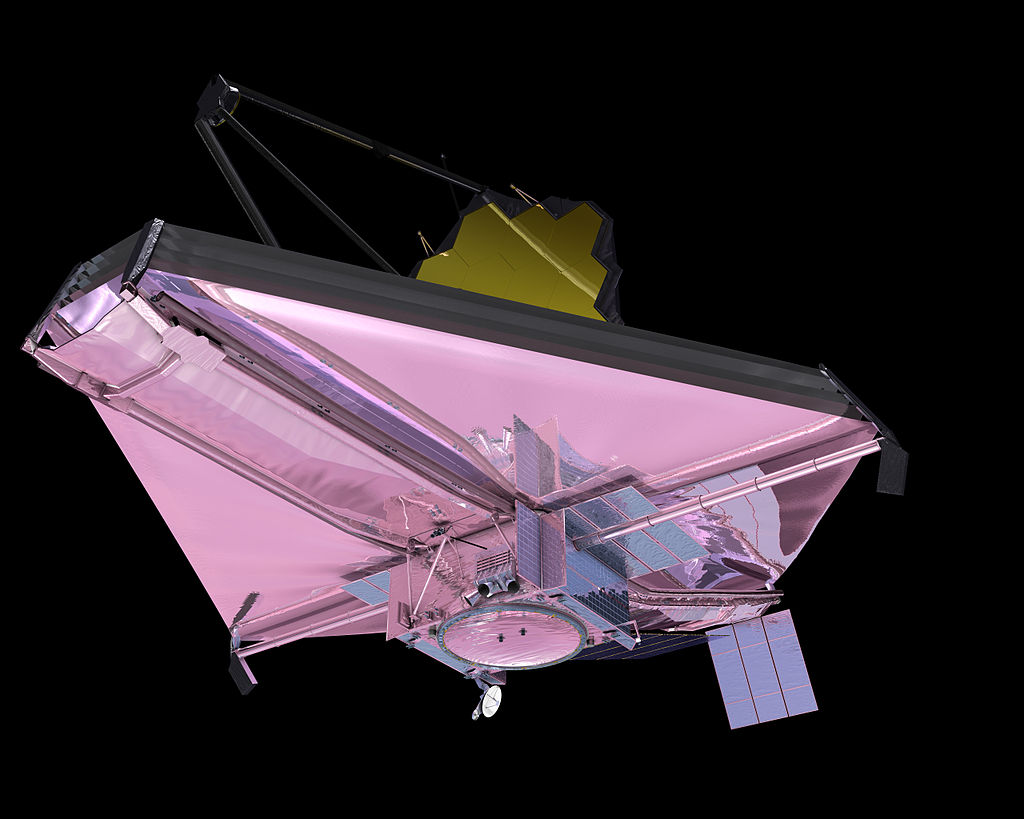
The JWST’s detailed analysis now reveals large amounts of hydrogen, methane, and carbon dioxide, along with low levels of ammonia.
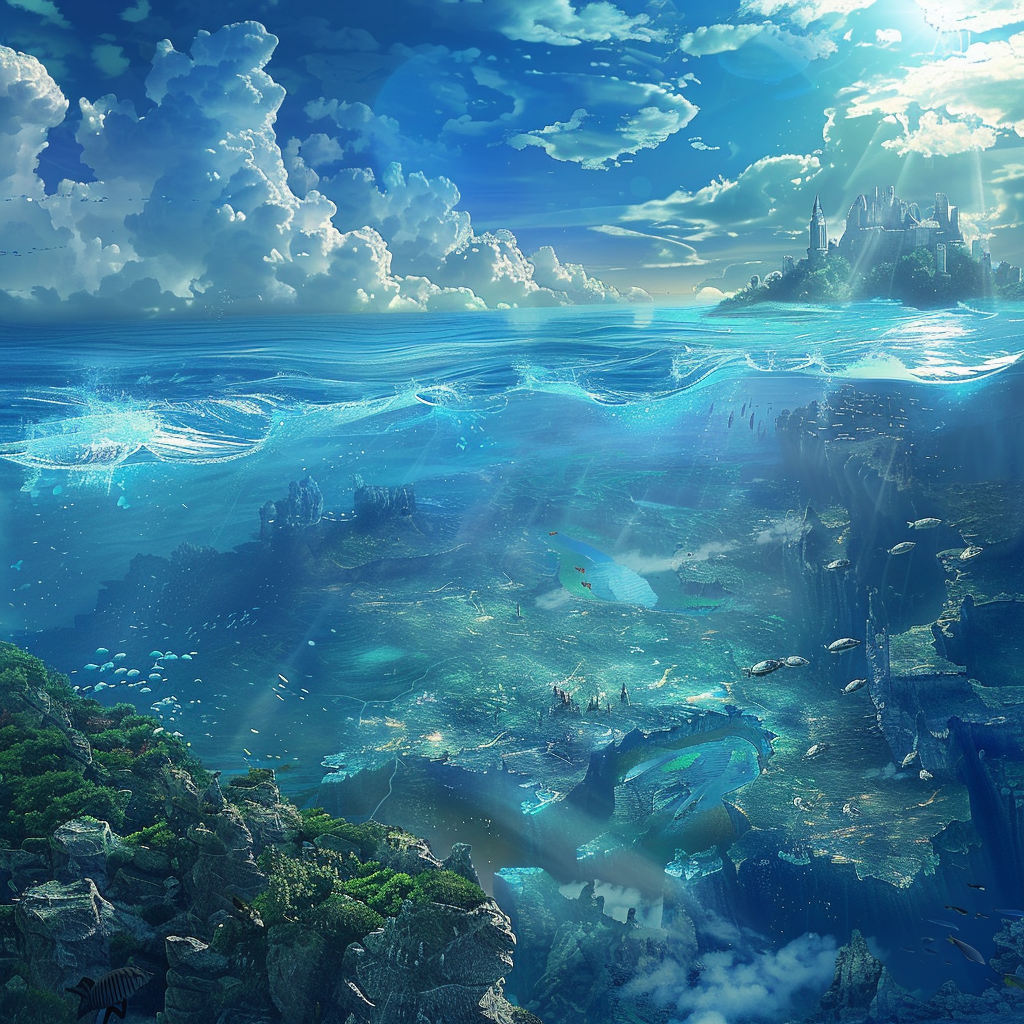
These chemical markers hint at a hycean world—an exoplanet with a hydrogen-rich atmosphere and a water ocean beneath an icy mantle.
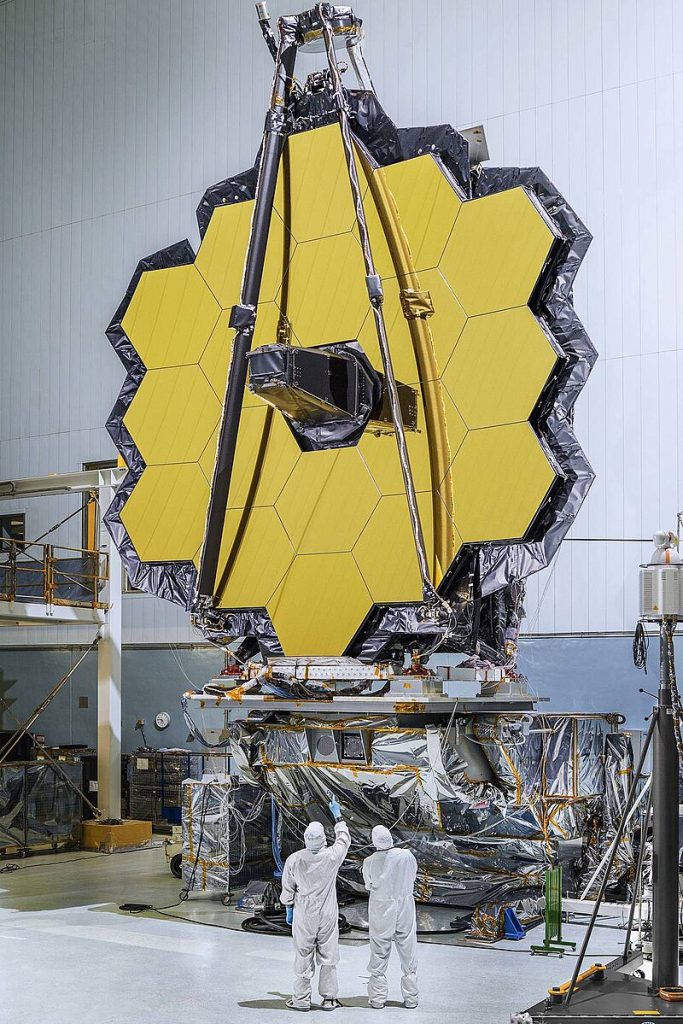
Despite these exciting findings, caution prevails. Even if K2-18 b hosts an ocean, it may be too hot or lack essential nutrients for life.
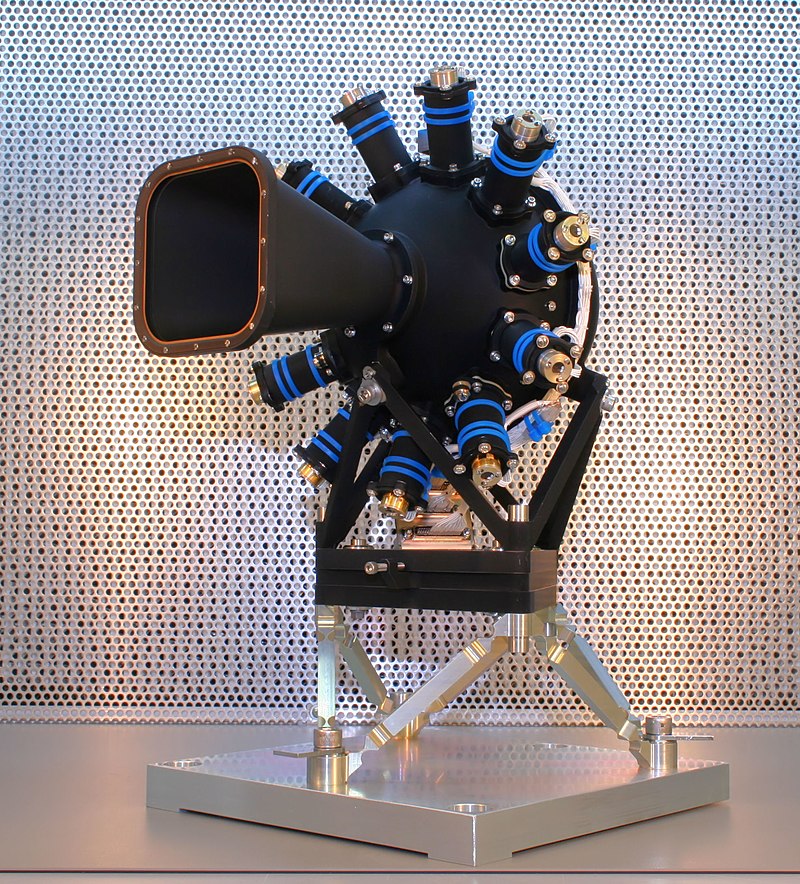
We can’t jump to conclusions just yet. However, the detection of DMS opens up new avenues for astrobiological research.
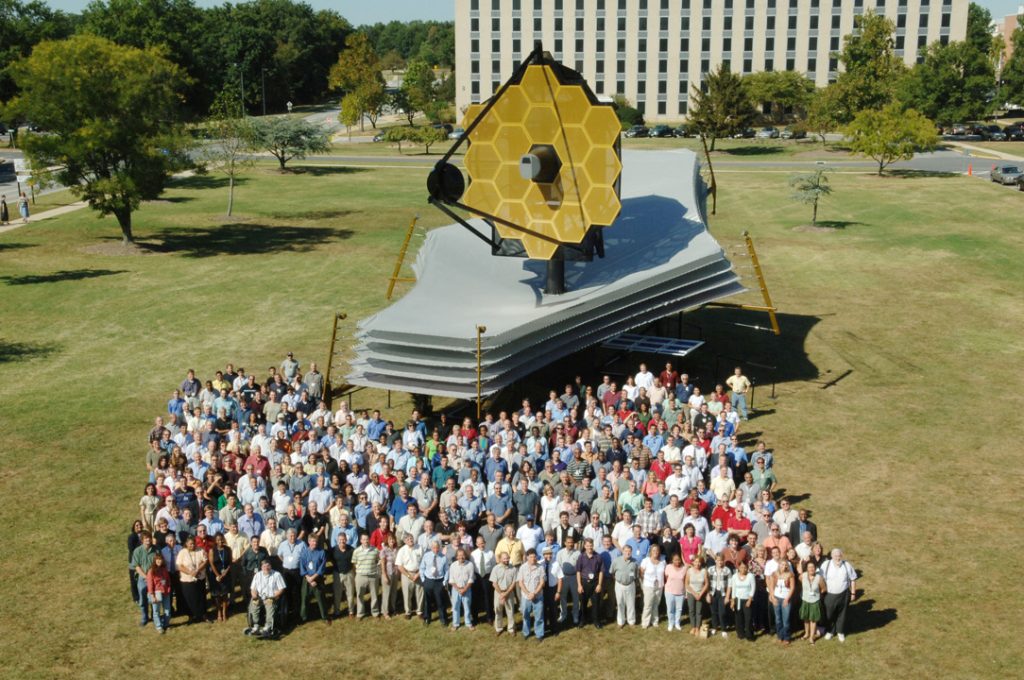
Scientists will continue studying K2-18 b and other exoplanets using the JWST. As our technology improves, we inch closer to unraveling the mysteries of distant worlds.
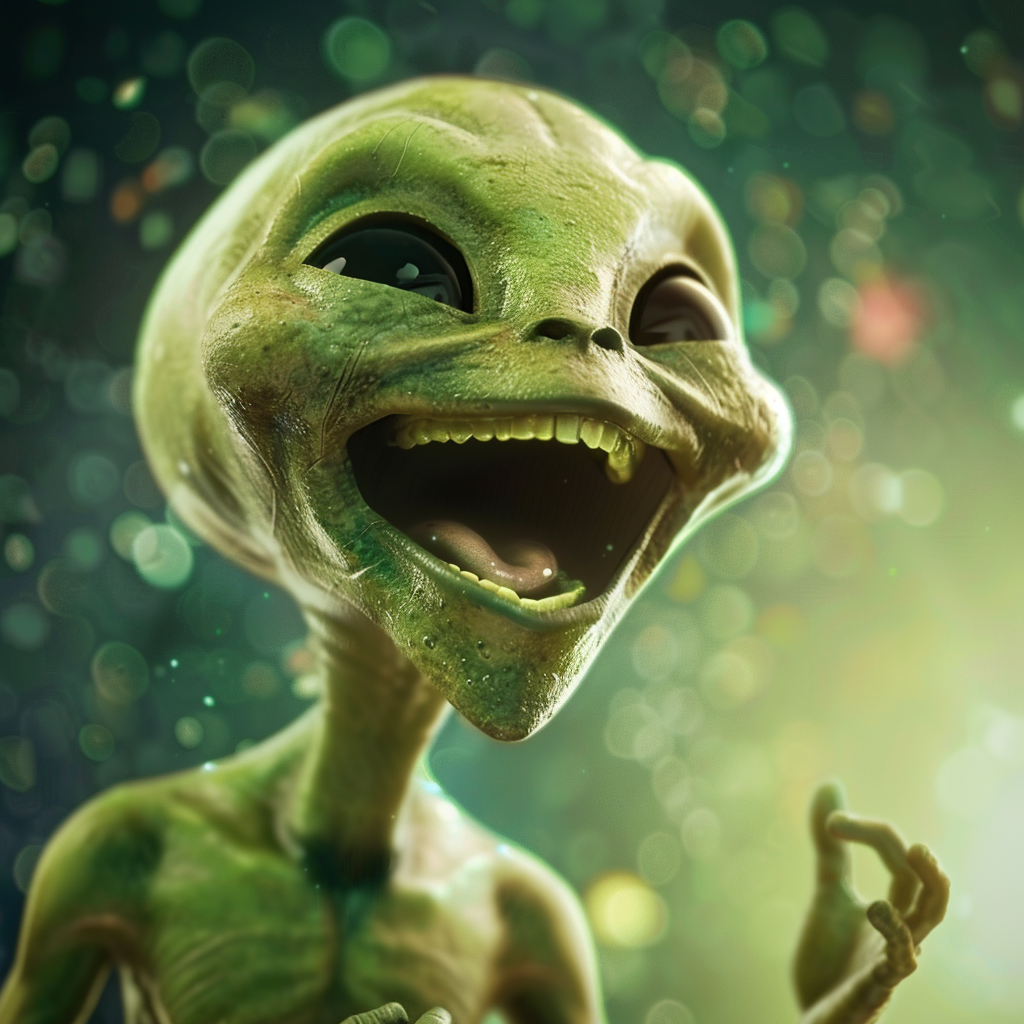
Perhaps one day, we’ll find more than just “alien farts”—we might discover life beyond our solar system.





